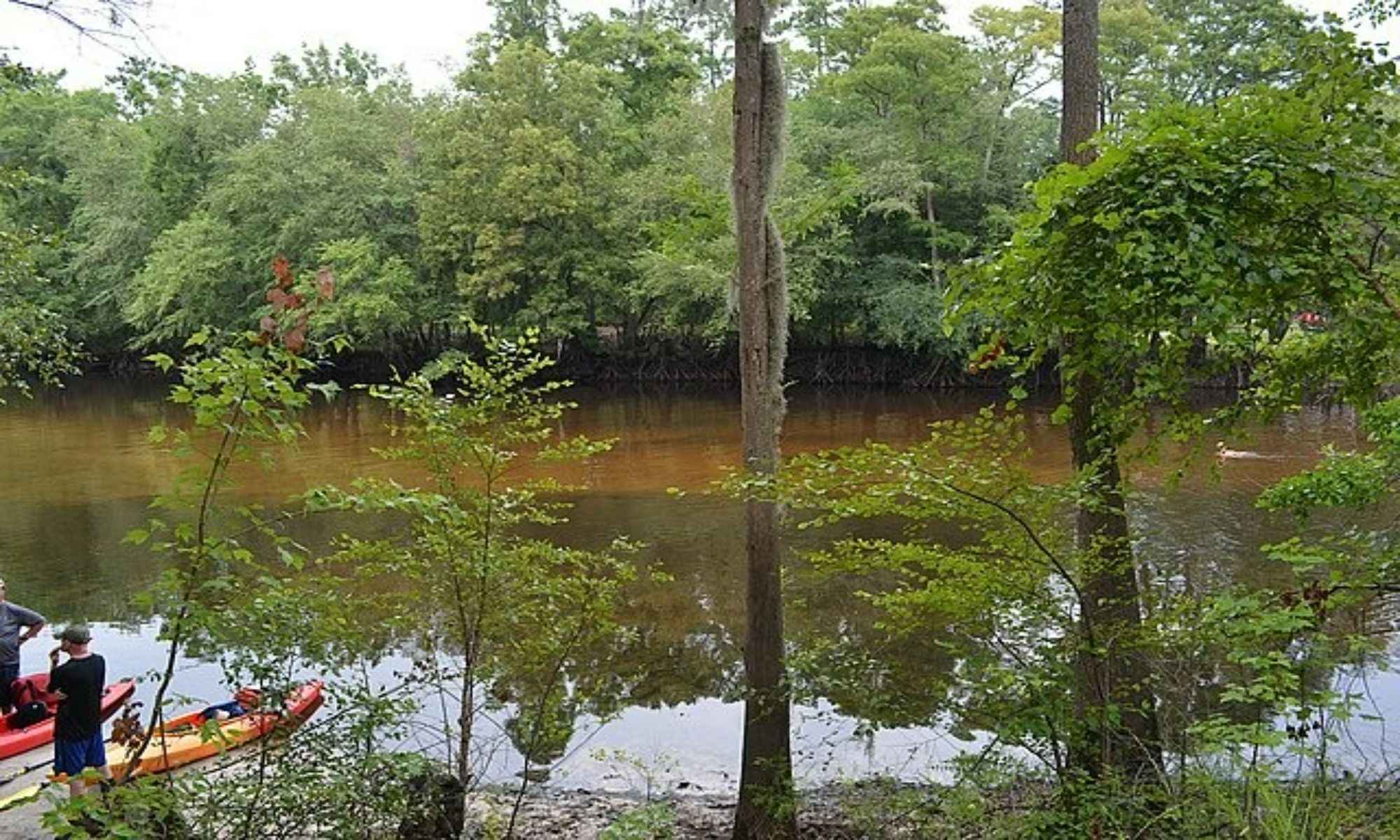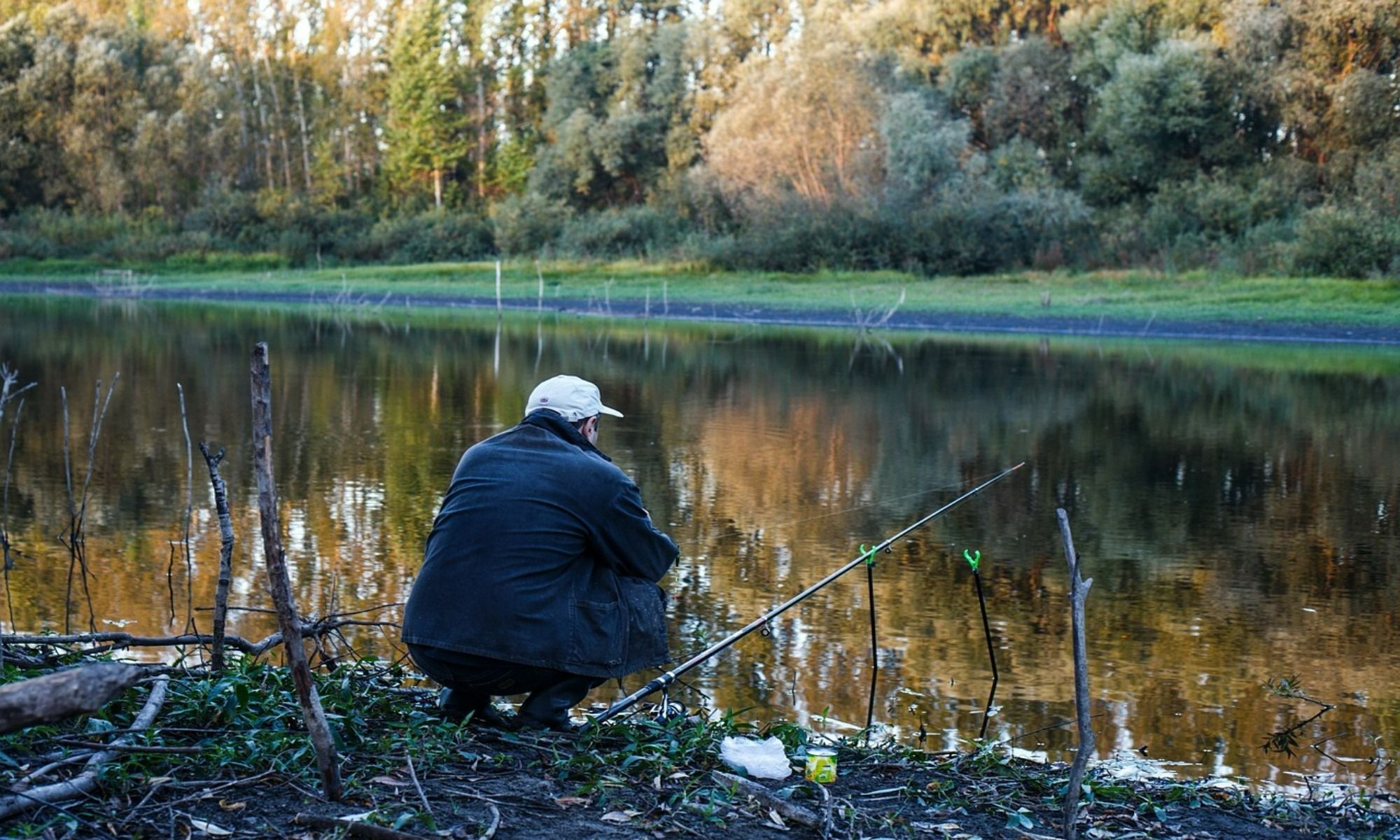Bamberg, SC Fishing: Wholesome Community Fishing
Bamberg, SC, is a wholesome destination in the Coastal Plains. Learn the fish species and where to catch them in Bamberg.

Bamberg is located in the southern region of South Carolina and is situated in the northern part of its namesake county and the current county seat. Surrounded by farmlands in the Coastal Plains, Bamberg remains wholesome, quiet, and vibrant. Locals in Bamberg are welcoming and possess a genuine sense of community.
The Edisto tribe of the Muskogean Indians was among Bamberg’s first settlers. Like many cities in South Carolina, Bamberg was a product of the railroad. Both the city and county of Bamberg were named after Major William Seaborn Bamberg, a resident since the 1840s. He was an influential businessman with outstanding leadership and determination. He had Bamberg incorporated in 1855 and made the city more than just a passageway to other cities. Family members of Major Bamberg continue to live in the county up to the present. Bamberg remains historical to this day. The National Register of Historic Places has some of the county’s establishments, including the Bamberg City Hall, Bamberg Historic District, Bamberg Post Office, Gen. Francis Marion Bamberg House, Cal Smoak Site, and Woodlands.
The South Fork of Edisto River runs northeast of Bamberg, offering a great running water fishing experience. Lake Marion and Lake Moultrie are the city’s east, thriving with game species for anglers to catch. Bamberg is a place of solitude, where freshwater fishing is peaceful and productive.
Bamberg Fishing

Bamberg offers good proximity to recreational freshwater fishing. The South Fork Edisto River, running northeast from the city, is the primary river to fish from when traveling to Bamberg. It is part of the city’s history, as the Edisto tribe once settled in the area. It branches out from the Edisto River, the longest free-flowing blackwater in the world. The South Fork Edisto River is brimming with fish species and provides a habitat for other plants and wildlife. It winds through dense cypress trees and other hardwood swamps, making a beautiful and serene atmosphere when fishing. The beauty of the river is seen even in the smallest things like moss draping over trees and vibrant plants. Anglers can expect to catch fish like largemouth bass, striped bass, northern pike, warmouth, flathead catfish, channel catfish, green sunfish, bluegill, redear sunfish, redbreast sunfish, black crappie, and yellow bullhead, with redbreast sunfish being the locals’ favorite. The river’s temperature remains cool and relaxing, perfect for fly fishing. The rich ecosystem of the river provides a healthy habitat for fish species. The South Fork Edisto River is one of the most endangered rivers, threatened by excessive agriculture withdrawals; this puts the water quality, aquatic species, wildlife habitat, and recreational activities at risk. But the government is taking meaningful action to preserve South Carolina’s most cherished and iconic river.
Northeast of Bamberg is Lake Marion, the largest lake in the state, also known as South Carolina’s inland sea. Farmlands, valleys, and landscapes surround it. The lake was created when the Santee Dam was constructed in 1941. It offers a stunning natural area for different types of recreational opportunities, including camping, boating, wildlife viewing, and fishing. Some of the most popular games that can be caught in this 110,000-acre lake are largemouth bass, channel catfish, flathead catfish, blue catfish, black crappie, white crappie, bluegill, pumpkinseed sunfish, redbreast sunfish, redear sunfish, warmouth, white bass, white perch, yellow perch, striped bass, and chain pickerel. Lake Marion has a healthy ecosystem where aquatic plants and wildlife thrive. Big bass and catfish are the best game on the lake, and they can be found under the covers of vegetation, trees, and structures. Its 315 miles of shoreline provides productive fly fishing opportunities to all anglers. Many camping grounds and parks around the lake, giving fishing access from the back. Major ones include Rimini Landing Pier, C. Alex Harvin III Landing Pier, Taw Caw Creek Park Pier, and its banks. Drift fishing is also popular in the river, although navigating around some structures, cypress trees, and aquatic plants may prove challenging. There are around sixteen accessible boat ramps scattered around the lake for easy launching of leisure or fishing boats, sailboats, and pontoons. In the meantime, kayaks and canoes can be carried through fishing access areas. Numerous marinas, campgrounds, and lodging are available in Lake Marion, perfect for a weekend fishing trip.
Immediately downstream of Lake Marion is Lake Moultrie, another thriving big pond northeast of Bamberg. The two lakes are connected by a diversion canal that stretches seven and a half miles long. The construction of the Pinopolis Dam, also known as the Cooper River Dam, gave way to the creation of Lake Moultrie. This also opened numerous opportunities for various recreational activities, including fishing. With Lake Moultrie’s 60,000-acre area, it is brimming with a variety of game for anglers, such as largemouth bass, channel catfish, flathead catfish, blue catfish, black crappie, white crappie, bluegill, pumpkinseed sunfish, redbreast sunfish, striped bass, white perch, yellow perch, chain pickerel, white bass, redear sunfish, and warmouth. There are 210 miles of shoreline surrounding the lake, available for fly fishing from the banks. There are around eight boat ramps in the lake for visitors to launch boats and access the lake for drift fishing.
Top 10 Fish Species in Bamberg, SC
The top 10 fish species to catch in Bamberg are largemouth bass, striped bass, northern pike, warmouth, redbreast sunfish, channel catfish, flathead catfish, bluegill, black crappie, and pumpkinseed.
Seasonal Fishing
Anglers must be aware that in South Carolina, northern snakehead are prohibited from being released back into the water when caught. These species are considered invasive. This means they unpleasantly overpopulate the ecosystem and change the environment in which they live. Transporting, purchasing, selling, or possessing northern snakehead are prohibited. Anyone who catches these species is encouraged to contact and turn them over to the South Carolina Department of Natural Resources. Put the fish in ice and keep it until further action is determined. It is important not to confuse them with northern bowfin when distinguishing them because of their similarities.
Bamberg supports year-round recreational fishing. Anglers who want to eat fish caught must constantly be updated with the county and South Carolina’s regulations to avoid consuming poisonous fish. When unsure, it is better to practice catch-and-release.
First-Rate Facilities and Plantation
1. Book a Fishing Guide
Book a fishing guide on your trip to Bamberg and make your fishing experience worth it! Make the journey smoother by getting a local guide and preparing only your gear. Know the spots in Bamberg that suit your fishing style when you hire a guide today.
2. Enjoy the Facilities at Ness Sports Complex Bamberg
A well-constructed facility with a sports stadium, fields, and courts, this place is worth visiting when you’re in Bamberg. With accommodating volunteers and employees, coming to Ness Sports Complex will be filled with first-rate experience!
3. Visit the Broxton Bridge Plantation
South of Bamberg is the Broxton Bridge Plantation, a preserve with different types of outdoor recreational activities such as hunting, fishing, and sporting clay shooting. It has a total land area of 7,000 acres, with wide pistol and rifle ranges. Other activities are wingshooting clinics, historical tours of battlegrounds, and continental tower shoots. South Carolina is known to have one of the longest hunting seasons in the United States, and hunters will certainly enjoy their time when they come to Broxton Bridge Plantation.


